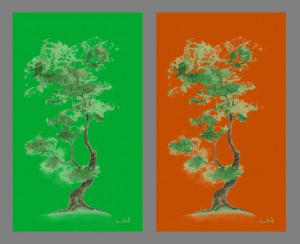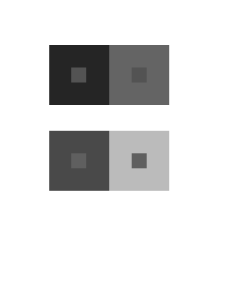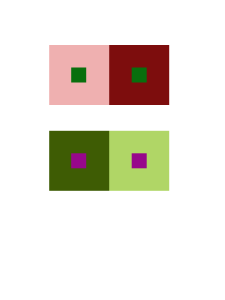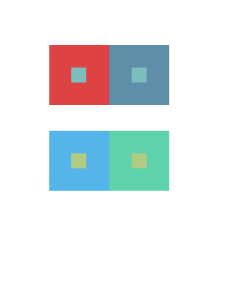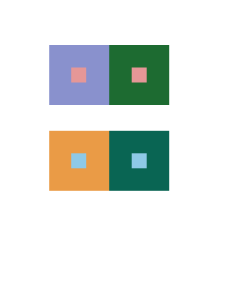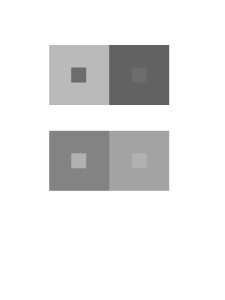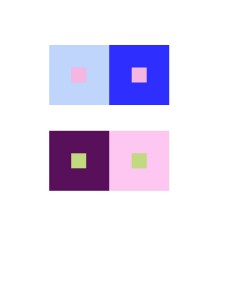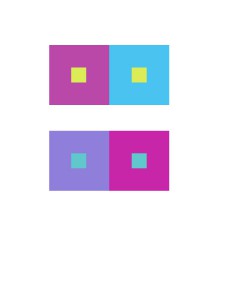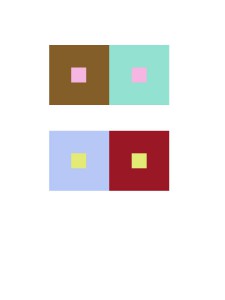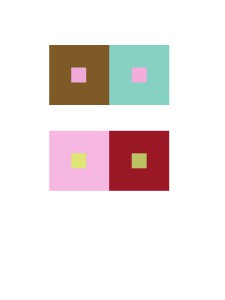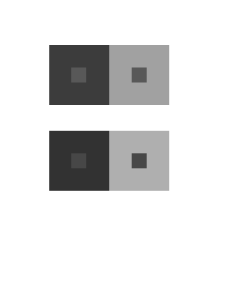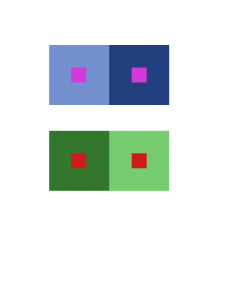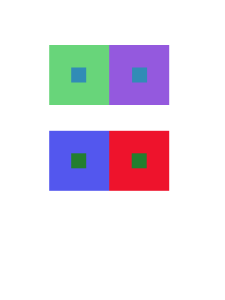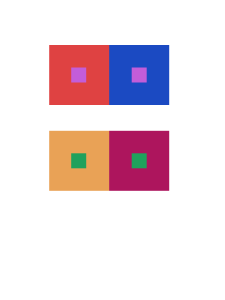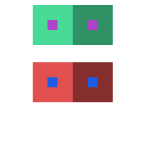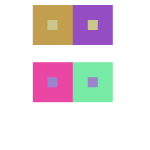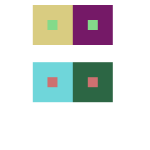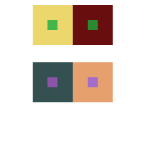This project I found to be really fun and interesting. Not only was everyone able to work with a partner but we had the chance to get to know our partners in this activity. So with my partner Tyler, we had to pick a color for each other that best represents the other person’s personality. Then we had to pick a color that matches both of our personality traits. Next we had to come up with logos that represented each other but in a way that they are similar. With all of these elements we had to make sure our work showed simultaneous contrast. I chose yellow-green for Tyler because he’s mainly funny and outgoing(that represents the yellow) but at the same time he’s relaxed(that represents the green). Tyler chose to do a pink-blue color for me because although I’m cheerful and giggly(that represents the pink) I’m also intellectual, trustworthy and relaxed(that represents the blue). Our shared color is a blue-green to represent our relaxed traits. Tyler chose a cat logo for me since I’m cuddly but clever like a cat. I chose a dog for Tyler because dogs are outgoing and he really loves dogs. This part took about 4 hours and 30 minutes to complete.



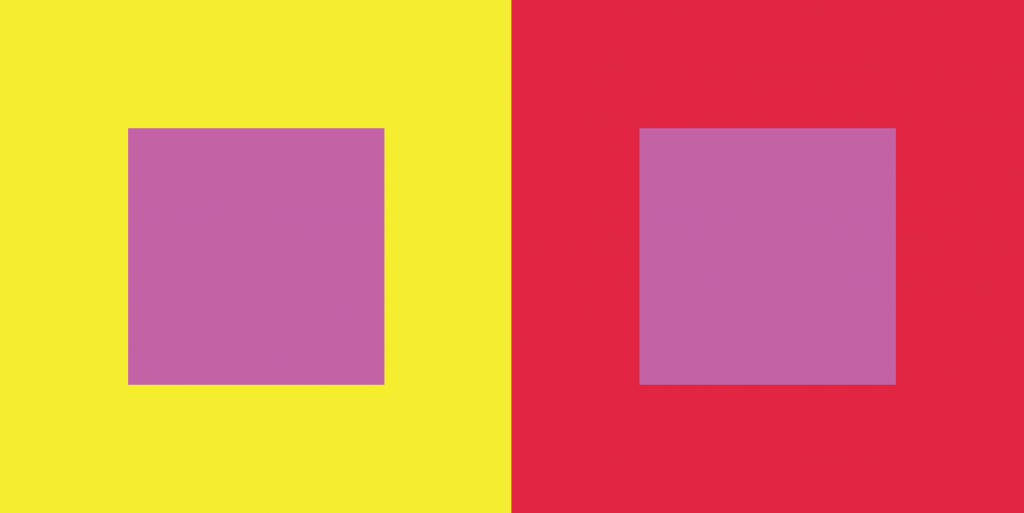
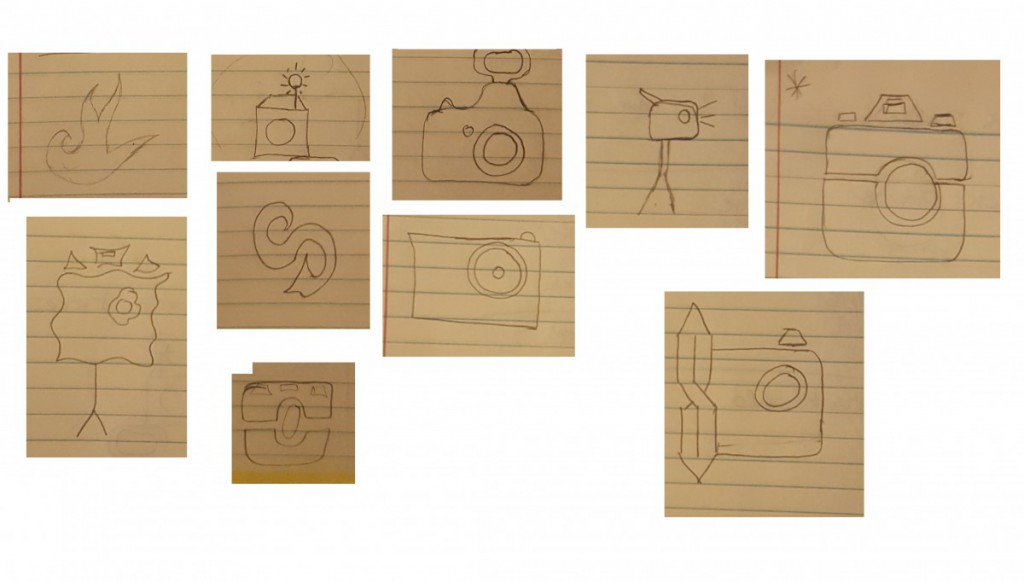

![}H06ZU(HRI]A34T7H[]4353](https://openlab.citytech.cuny.edu/rosenspevackfylcf15/files/2015/12/H06ZUHRIA34T7H4353-300x233.jpg)
